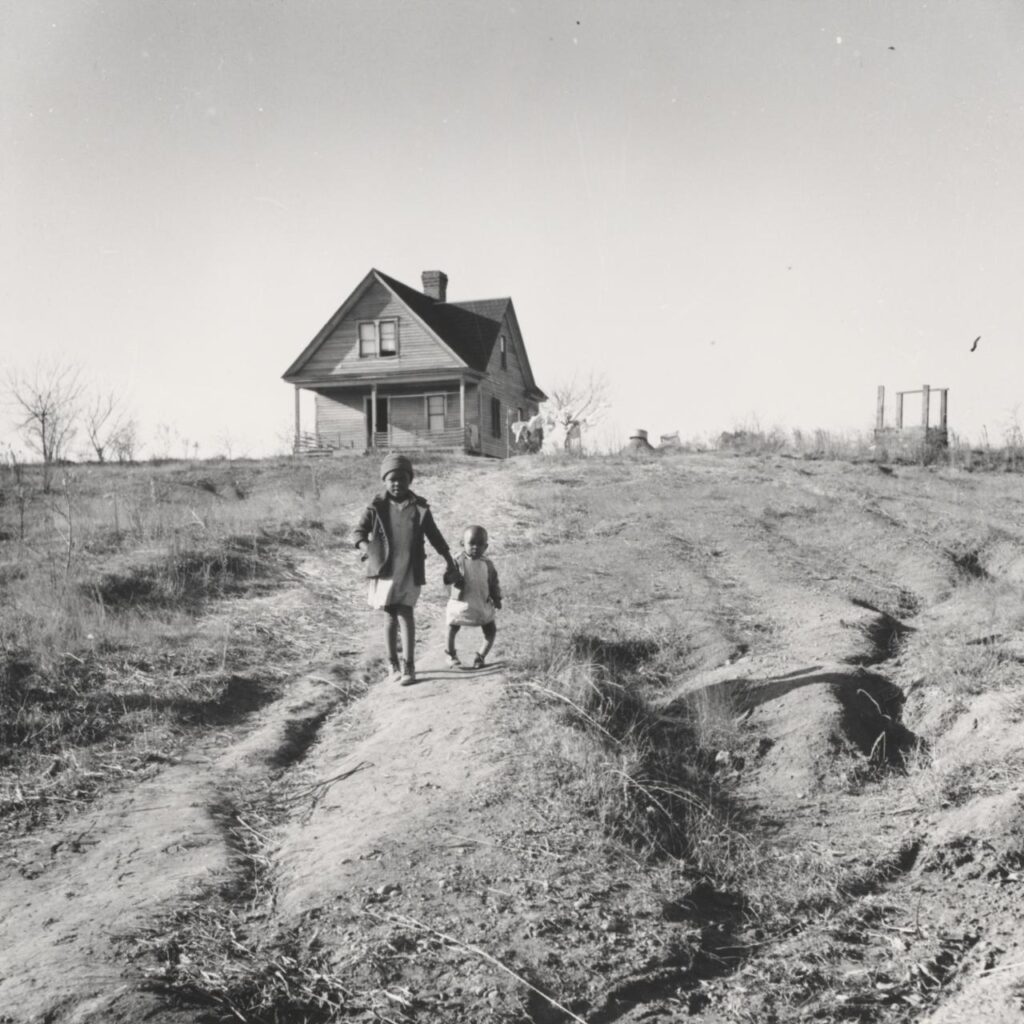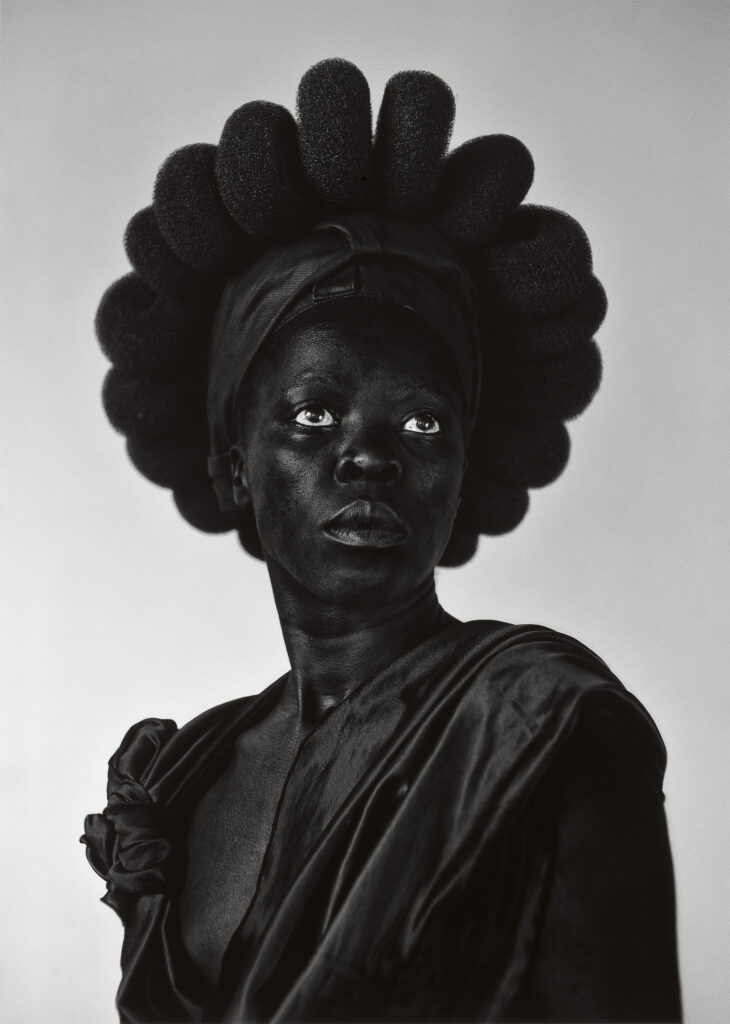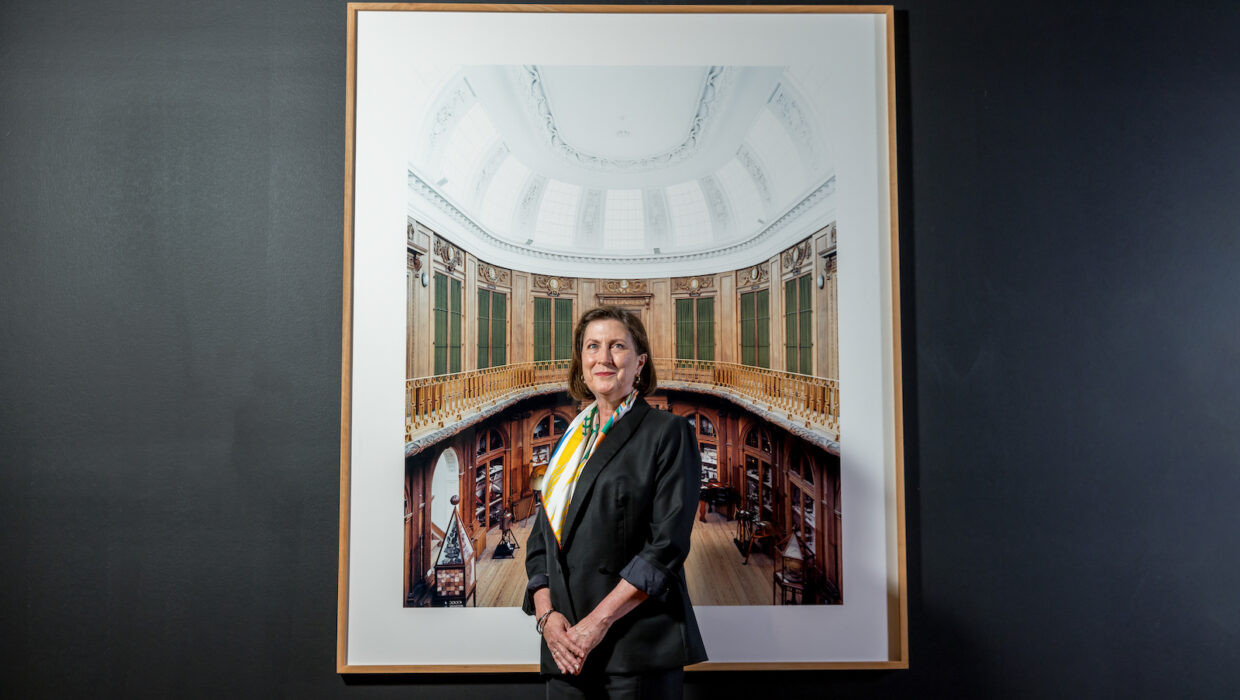|
Getting your Trinity Audio player ready...
|
Susan van Wyk, the Senior Curator of Photography at the National Gallery of Victoria (NGV), is a prominent figure in the world of photography curation. Over a career spanning three decades, van Wyk has curated over sixty exhibitions, showcasing a rich blend of Australian and international photography.
Her curatorial skills are particularly evident in two new projects. The first, “Photography: Real & Imagined,” is a comprehensive survey of the NGV’s Photography collection, featuring more than 300 photographs. This landmark exhibition, which runs through February 4, 2024, covers a 200-year history of photography, featuring works by renowned international and Australian photographers. The exhibition is packed with a wide array of themes, such as light, environment, conflict, and community, and delves into the interplay between reality and imagination in photography, presenting a diverse range of photographic styles and subjects.
In addition, van Wyk is also curating “Megacities” for the upcoming NGV Triennial, which takes place from December 3, 2023 to April 7, 2024. This ambitious project involves ten leading street photographers who are tasked with capturing the unique aspects of ten global megacities, each with a population exceeding 10 million. The project aims to highlight the urban phenomenon of the 21st century, illustrating the similarities and differences in these densely populated environments. The photographers, in collaboration with the NGV, will stage their work in a dynamic, immersive environment, offering a thought-provoking perspective on the evolution of urban living.
We recently caught up with Susan van Wyk to discuss the evolution of photography in the art world, noting its ascent to a central place in global contemporary art since the 1980s, evidenced by its prominence in major art events and the diversity of its applications from documentary to artistic expression.
Throughout your distinguished career at the NGV, you have seen the evolution of photography’s role in the art world. How do you think photography’s significance and interpretation have transformed over the years, especially in the context of contemporary art?
Since the 1980s the relationship between photography and contemporary art has become increasingly important. Photographers and artists using photo-media are central in global contemporary art practice. Their work can be seen at all the major contemporary art events: triennials, biennials, festivals, and art fairs. Art museums that collect contemporary art invariably acquire photographs, and the publication of contemporary photo books continues to be an exciting format for showing new work.

Marion Post Wolcott, Near Wadesboro, North Carolina, 1938. Image courtesy of NGV
“Photography: Real and Imagined” presented a unique thematic exploration of photography. Could you share the conceptual inspiration behind this exhibition and the impact you aim to achieve through such contrasting perspectives in photography?
The exhibition and publication “Photography: Real & Imagined” examines the proposition that a photograph can be grounded in the real world, a record, a document, a reflection of the world around us; the product of imagination, storytelling, and illusion; and on occasion operate in both realms. Presenting more than 300 photographs, selected from the 14,000 photographs in the NGV collection, the exhibition explores the multiple histories of photography – documentary photography, photojournalism, advertising and fashion photography, vernacular photography and, of course, the work of artists who use photographic media.
The show is a celebration of the riches of the NGV collection, it explores historical and contemporary practice, but also charts change and reveals ideas that have been overlooked, forgotten or, for better or worse, become unfashionable.
With your involvement in the NGV’s Triennial and other major exhibitions, how do you approach integrating photography within the broader spectrum of international art, design, and architecture, ensuring that it resonates with diverse audiences?
Collaboration is one of the most exciting and rewarding aspects of working on the NGV Triennial. Curators propose artworks and artists, we talk about the ideas underpinning the work and seek to create a dialogue between works. Bringing together photography, painting, sculpture, design, architecture, and fashion makes that dialogue more complex but much more interesting.

Man Ray, Noire et Blanche, 1926. Image courtesy of NGV
The Megacities project is a significant undertaking focusing on urban life in global megacities. What inspired this initiative, and what themes or messages do you hope to highlight through the photographic portrayal of these urban environments?
The Megacities project grew out of conversations about architecture, urban planning and what the world will look like as the urban environment becomes the dominant space in which people live. It is a major project that brings the creative vision of leading street photographers into dialogue with the urban environment of global megacities. The photographers participating in the project were invited to consider the question, ‘If, in the twenty-first century, the city represents the dominant human ecosystem, what does this mean for life in a megacity?’
Beyond capturing the built environment, the photographers were asked to consider a narrative arc within their images that explored: the quality of life in a megacity, the experience of moving around the city, where and how people work, and the impacts for community. Critical to the success of the project was support for each photographer to work in the style most suited to their practice. It was not a prescriptive brief, and as a result the images capture something of each photographers’ experiences living and working in a megacity.

Zanele Muholi, Black Beauty, 2012. Image courtesy of NGV.
As we increasingly become an urban-centric species, what role do you envision for photography in shaping our understanding and interaction with the evolving dynamics of city life and urban development?
From the earliest days of photography in the 1840s, architecture and the built environment inspired photographers. With the advent of 35mm film and hand-held cameras in the 1930s, photographers were able to move freely and unobtrusively through the city while taking photographs, leading to the genre of street photography. While it sits within the realm of documentary photography, street photography is centered on the built environment and the experiences, activities, and behaviors of urban populations. For contemporary artists, street photography extends the descriptive and didactic capacities of photography to the realm of creative, interactive engagement and reflection, and offers a critique of how we live.



